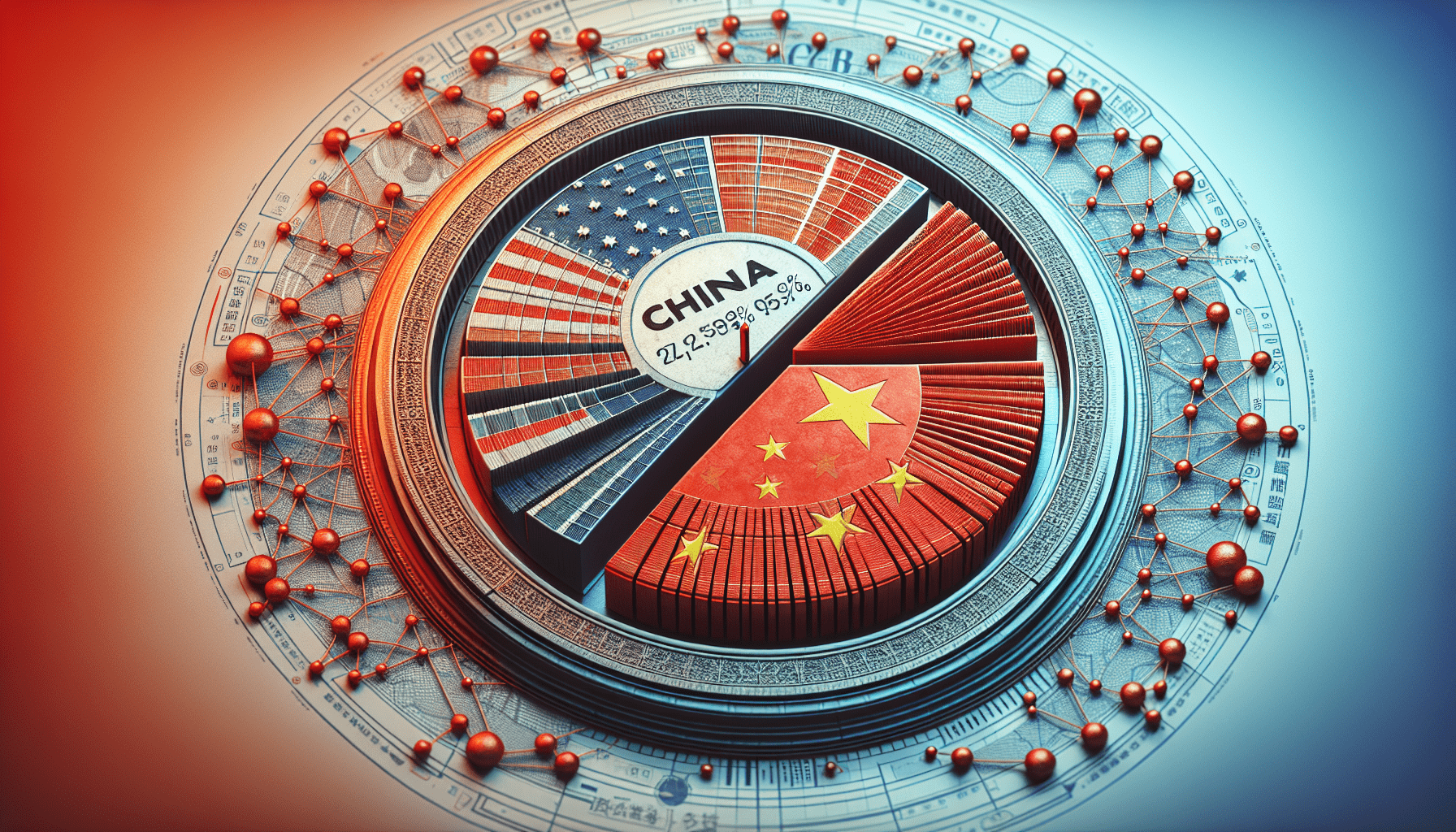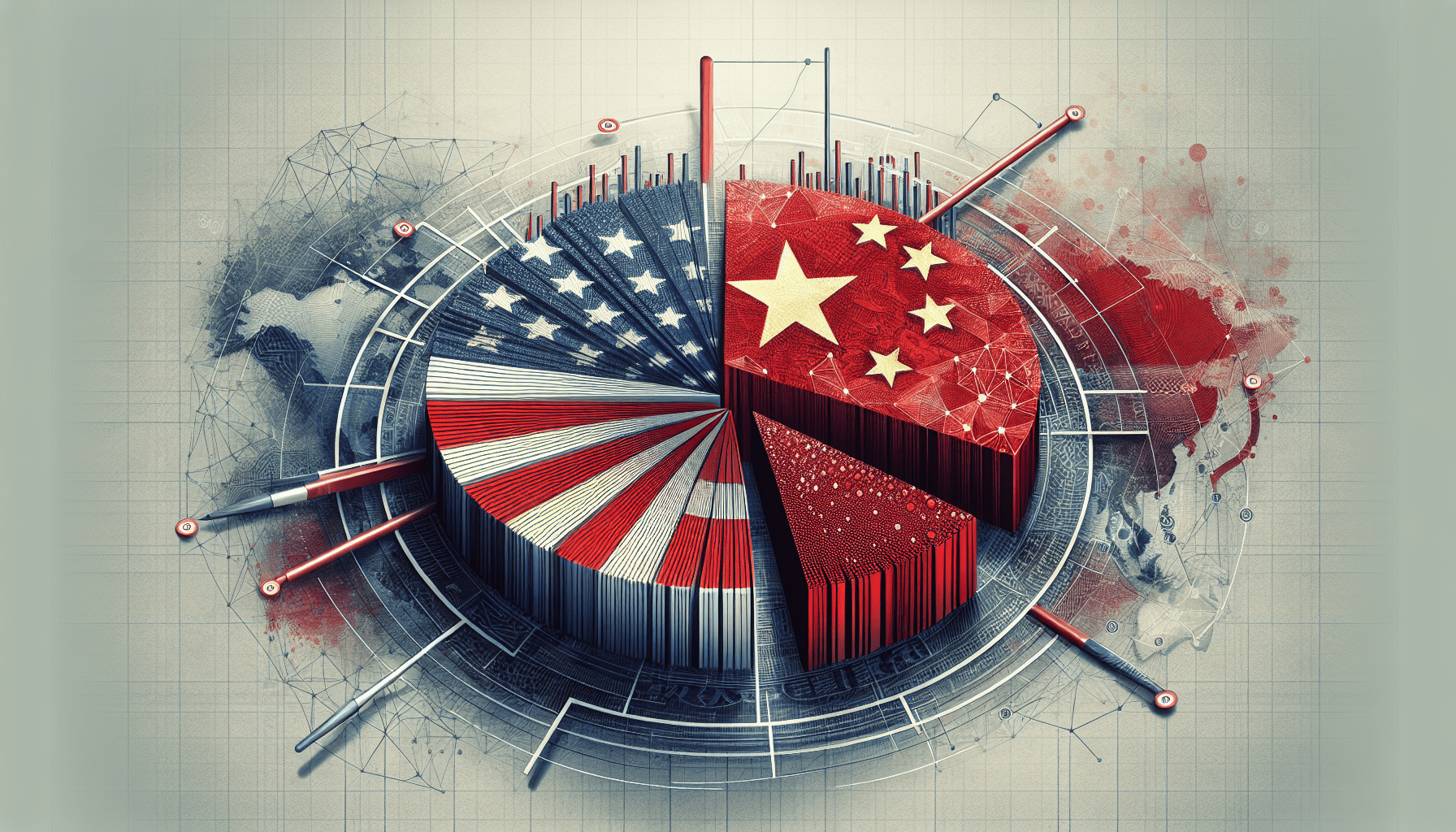Have you ever wondered about the financial ties between two of the largest economies in the world—China and the United States? It’s intriguing to think about how these connections have evolved over decades. One captivating aspect of their economic relationship is China’s investment in U.S. Treasury securities. You might be curious, has China always owned a percentage of the US national debt? Let’s journey into understanding this less-obvious facet of global economics.
Understanding Sovereign Debt
Before diving into the specifics of China and the US, it’s helpful to understand the concept of sovereign debt. Sovereign debt is money a country’s government has borrowed, typically through issuing securities like bonds. Governments borrow to finance various needs, including infrastructure, social programs, or even simply managing their cash flow. Debt, when managed properly, can be a tool for growth. However, it also creates financial obligations that must be carefully managed.
What is the US National Debt?
The US national debt consists of two main components: debt held by the public and intragovernmental holdings. Debt held by the public refers to bonds sold to individuals, corporations, foreign governments, and other entities outside the federal government. Intragovernmental holdings, on the other hand, represent the portion of the national debt owed to various government accounts, primarily federal trust funds.
Breakdown of the US National Debt
To visualize the composition, here is how the US national debt is typically distributed:
| Debt Type | Description |
|---|---|
| Public Debt | Bonds, notes, and other securities held by foreign and domestic investors |
| Intragovernmental | Holdings mainly consist of government trust funds, such as Social Security |
Total debt numbers fluctuate as economic conditions, fiscal policy, and market demand alter. A key part of this debt is held by foreign entities, including China.
The Role of Foreign Investment in the US Debt
Foreign investment in U.S. government securities is crucial in funding the national debt. Countries purchase US Treasuries for varied reasons such as stability, currency reserves, and secure returns. The US benefits by having a willing buyer for its debt, keeping interest rates relatively low.
How China Became a Key Investor
Over the years, China has become a significant holder of US debt, benefiting from America’s stability. The process is part of balancing Chinese export revenues and a strategy to maintain the yuan’s competitive position relative to the dollar. While China holds a substantial sum of US debt, it’s crucial to understand this is not necessarily to wield influence but primarily a financial and economic strategy.
A Historical Overview: Has China Always Owned US Debt?
Early 20th Century
In the early 1900s, China’s investment in US debt was negligible. The US economy operated mostly independently on the global stage. China’s economy, being substantially underdeveloped at the time and dealing with internal strife, had limited interaction with Western economies in terms of debt ownership.
Post-1978 Economic Reforms
China’s economic landscape began to transform following major reforms initiated in 1978. These reforms opened China up to foreign trade and investment, gradually integrating its economy into the global financial system. As a result, China began to accumulate foreign currency reserves, particularly US dollars, given the dominance of the dollar in international trade.
Growth of China’s Holdings in the Late 20th Century
By the late 1990s and early 2000s, China’s trade surplus with the United States was burgeoning. To manage its influx of dollars, China massively increased its investment in US government debt. This was a strategic move to manage exchange rates and foster economic growth by supporting Chinese exports.
Escalation in the 21st Century
China’s holdings of US debt peaked in the 21st century. By 2008, in the wake of the global financial crisis, the US turned to international investors, including China, to support a burgeoning debt load necessary to finance its stimulus programs. China’s holdings have fluctuated since, but they have remained a significant percentage of US-held foreign debt.
Why China Buys US Debt
Economic Strategy
China’s purchase of US Treasury securities is a significant aspect of its global economic strategy. By holding US debt, China stabilizes its own currency relative to the dollar, ensuring competitive pricing for its exports. A stable yuan benefits Chinese manufacturers and supports job growth within the country, contributing to economic stability.
Currency Reserves
Holding substantial amounts of US debt acts as a secure reserve for China. Since the dollar is a primary reserve currency used globally, these holdings provide China with liquidity and an efficient means of managing its international monetary assets.
Implications for the US Economy
China’s large holdings of US debt can impact the US economy in various ways. On one hand, it helps keep interest rates lower, facilitating cheaper borrowing costs for consumers and businesses in America. However, it also raises concerns about potential geopolitical influences, although these are often overstated. China’s interest primarily lies in economic benefits rather than political leverage.
Tracking the Percentage: How Much Does China Own Now?
As of recent records, China is one of the largest foreign holders of US debt, alongside Japan. However, their proportional ownership fluctuates due to trade relations, fiscal policies, and global economic conditions. The key takeaway is that while China’s holdings are significant, they are part of a larger system involving multiple global stakeholders.
Current Holdings (As of Latest Data)
| Country | US Debt Holdings (Approximate) |
|---|---|
| China | Around $1.1 Trillion |
| Japan | Around $1.3 Trillion |
These numbers can change due to numerous factors, including trade policies and changes in economic conditions both domestically in the US and abroad.
Common Misunderstandings About China and US Debt
Despite the narrative sometimes presented in media, China does not directly “control” US debt. Their ownership, while significant, comprises a fraction of total general debt, giving them limited control or influence beyond market dynamics.
Myth: China Could Dump US Debt
One common myth is that China could destabilize the US economy by offloading its US Treasury holdings. In practice, such an action would hurt China too, as the value of their remaining reserves would plummet, disrupting their economic stability.
The Reality of Economic Interdependence
The reality is that economies like the US and China are deeply interconnected. China benefits from the prosperity and stability of the US, given their trade relationships and economic ties. Any major disruption would pose mutual risks.

Future Possibilities: What Lies Ahead?
Looking forward, the dynamics of international debt holdings are expected to evolve. Factors such as trade agreements, shifts in economic power, and global economic conditions could influence how China and others manage their holdings.
Potential Scenarios
-
Continued Diversification: China might diversify its holdings more, investing in other currencies and assets as global economic policies shift.
-
Trade Policy Adjustments: Changes in US-China trade policies could impact how much US debt China buys or holds.
-
Global Economic Shifts: Emerging markets and economic changes in Europe, Africa, or other regions could influence how global reserves are managed.
Conclusion: An Evolving Economic Landscape
The relationship between China and the US regarding credit and debt ownership is complex and continues to evolve. While China has grown to be a significant holder of US debt since the late 20th century, this was neither inevitable nor permanent. The intricate dance of economic strategy ensures that their financial connection is dynamic, influenced by a myriad of factors, both local and global.
Understanding this relationship provides insight not only into international finance but also into how global powers manage their economic interests. As economies continue to adapt and evolve, so too will these relationships, offering a constant source of intrigue and analysis for those following global financial market dynamics.





